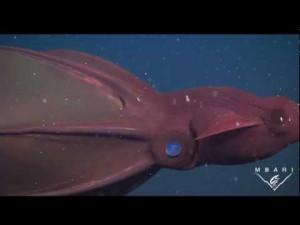 Even deep sea animals, such as sea cucumbers, hermit crabs, and squat lobsters, are now ingesting microplastics pollution, according to a new study from Bristol and Oxford universities.
Even deep sea animals, such as sea cucumbers, hermit crabs, and squat lobsters, are now ingesting microplastics pollution, according to a new study from Bristol and Oxford universities.
The findings are the result of work down by researchers working in the mid-Atlantic and south-west Indian Ocean on the Royal Research Ship (RRS) James Cook. What the researchers found was “evidence of microbeads inside creatures at depths of between 300m and 1800m. This is the first time microplastics — which can enter the sea via the washing of clothes made from synthetic fabrics or from fishing line nets — have been shown to have been ingested by animals at such depth.”
Laura Robinson, the Professor of Geochemistry in Bristol’s School of Earth Sciences, commented on the findings: “This result astonished me and is a real reminder that plastic pollution has truly reached the furthest ends of the Earth.”
The press release provides more: “Microplastics are generally defined as particles under 5mm in length and include the microfibres analysed in this study and the microbeads used in cosmetics that will be the subject of the forthcoming Government ban. Among the plastics found inside deep-sea animals in this research were polyester, nylon and acrylic. Microplastics are roughly the same size as ‘marine snow’ — the shower of organic material that falls from upper waters to the deep ocean and which many deep-sea creatures feed on.”
Dr Michelle Taylor of Oxford University’s Department of Zoology, and lead author of the study, stated: “The main purpose of this research expedition was to collect microplastics from sediments in the deep ocean — and we found lots of them. Given that animals interact with this sediment, such as living on it or eating it, we decided to look inside them to see if there was any evidence of ingestion. What’s particularly alarming is that these microplastics weren’t found in coastal areas but in the deep ocean, thousands of miles away from land-based sources of pollution.”
The new findings are detailed in a paper published in the journal Scientific Reports.